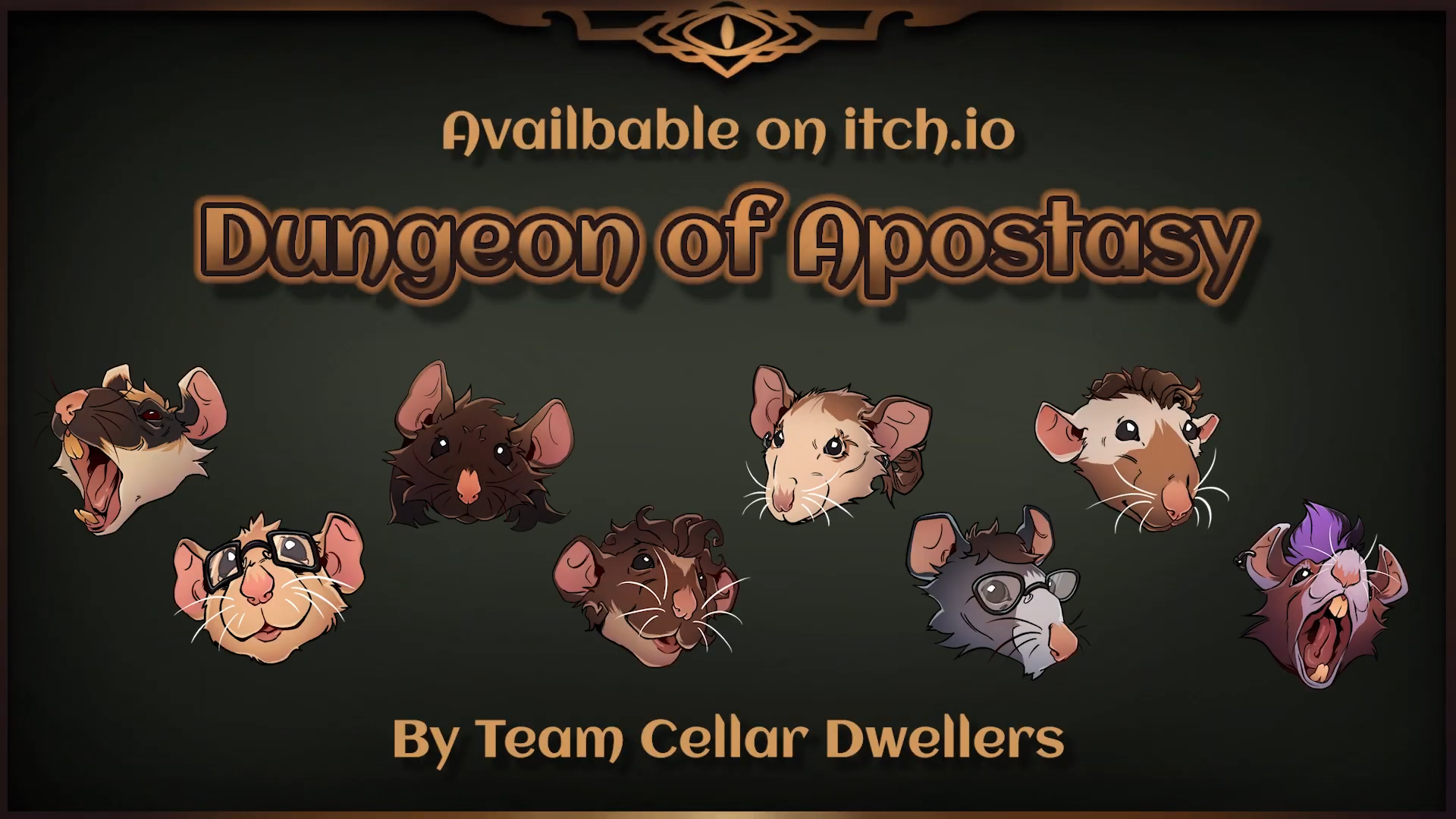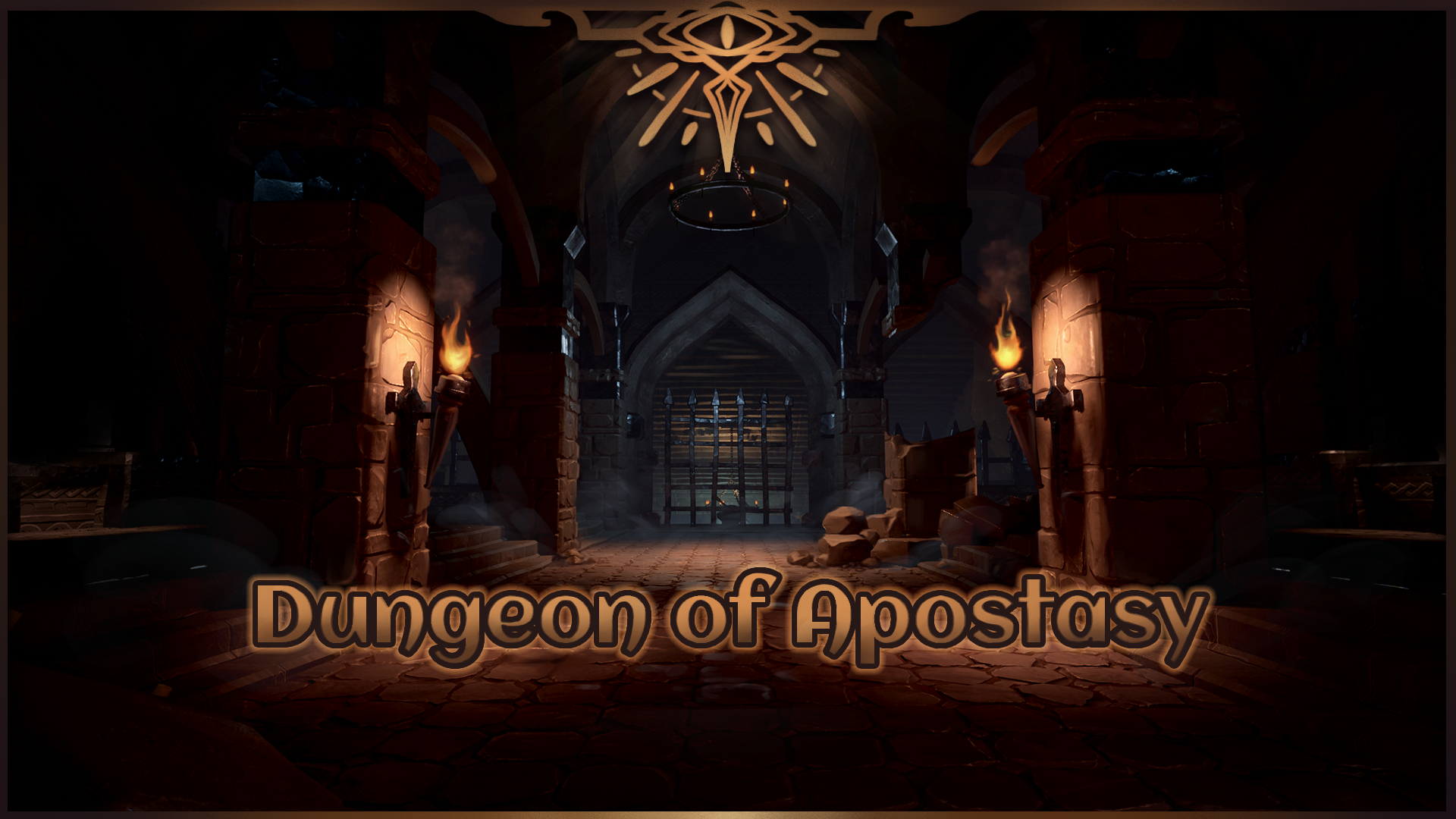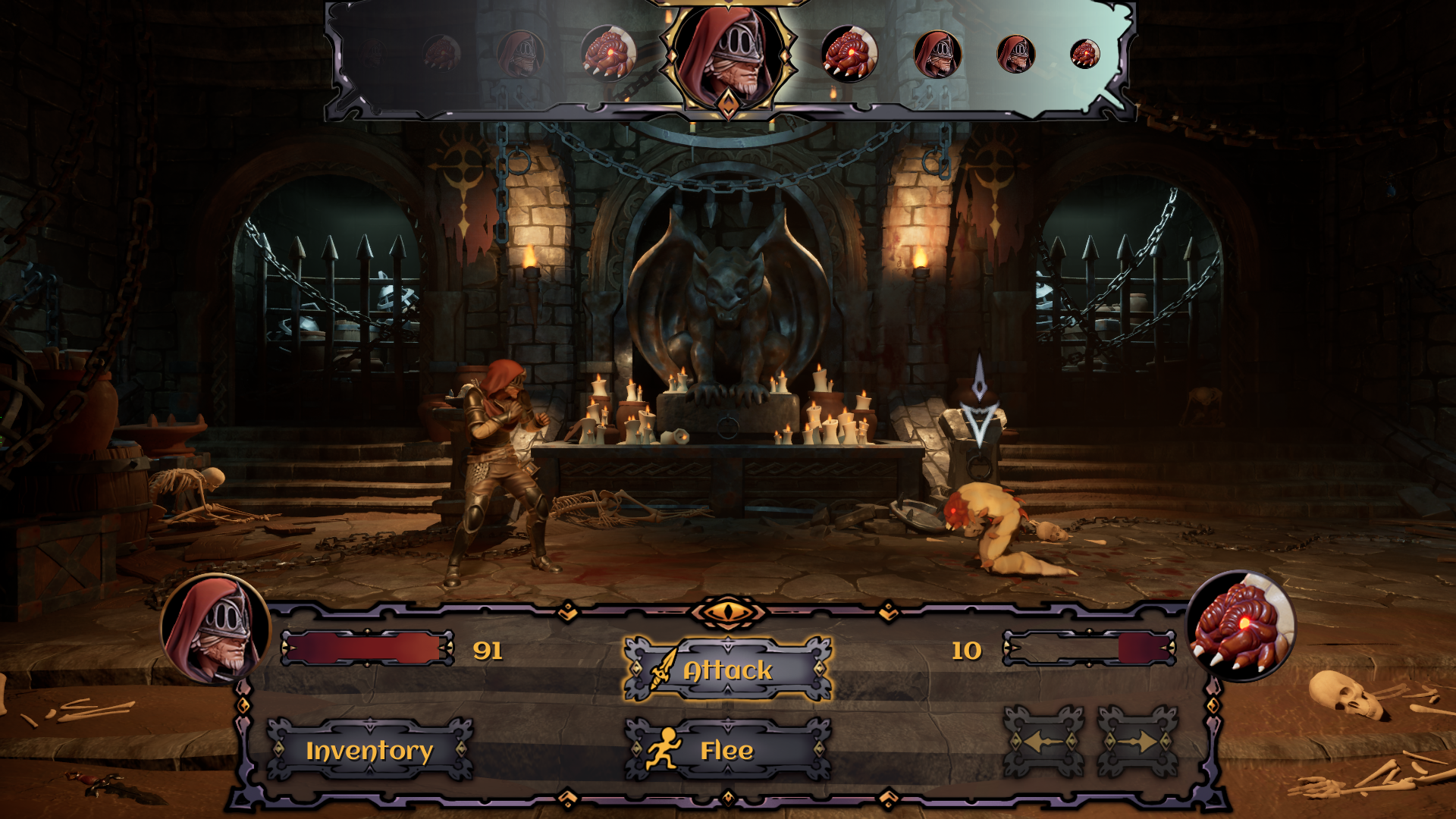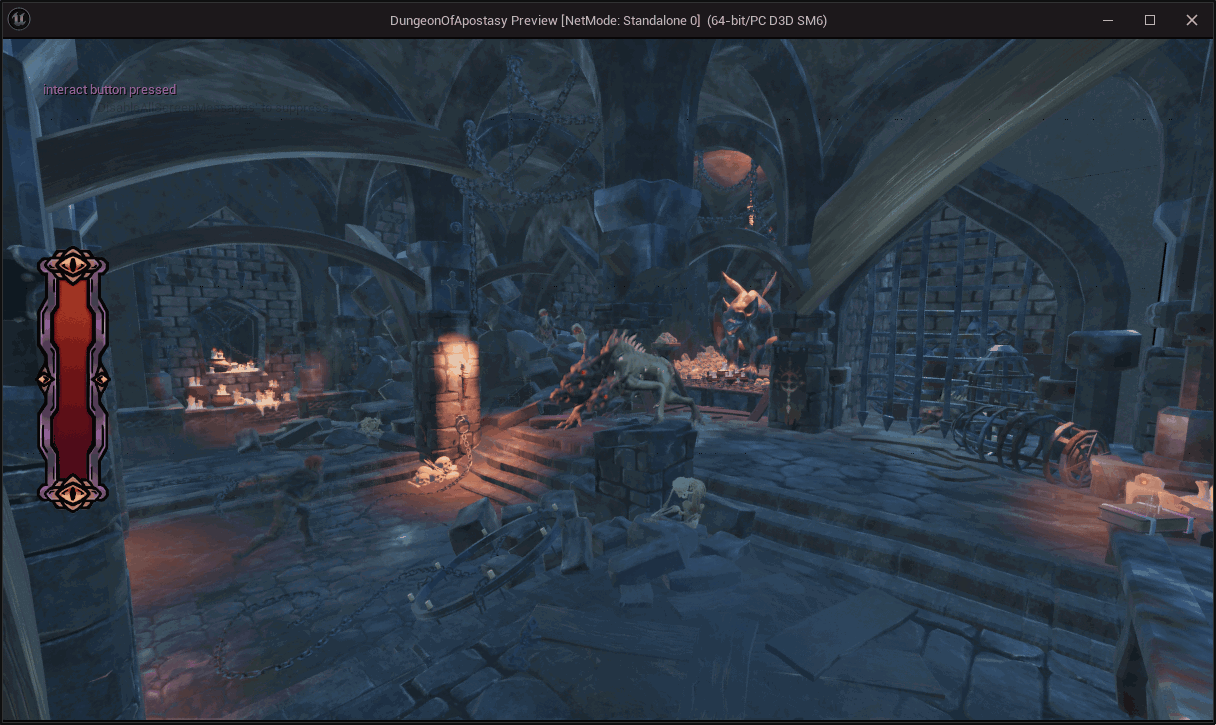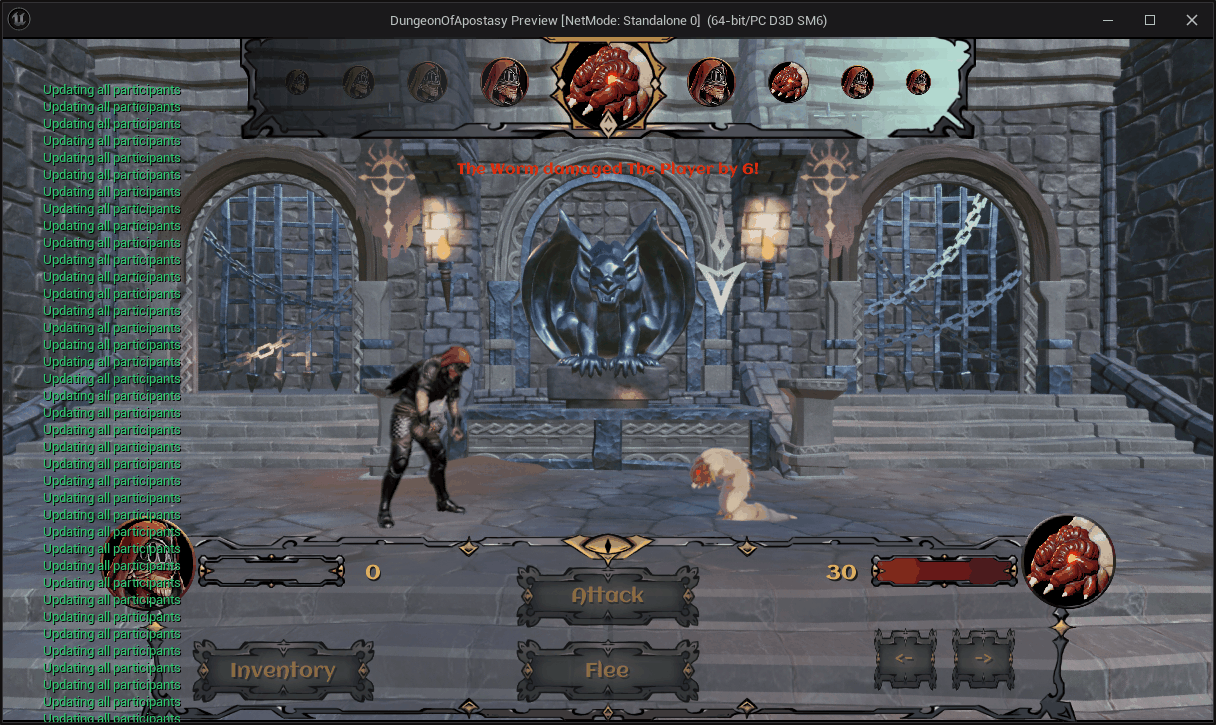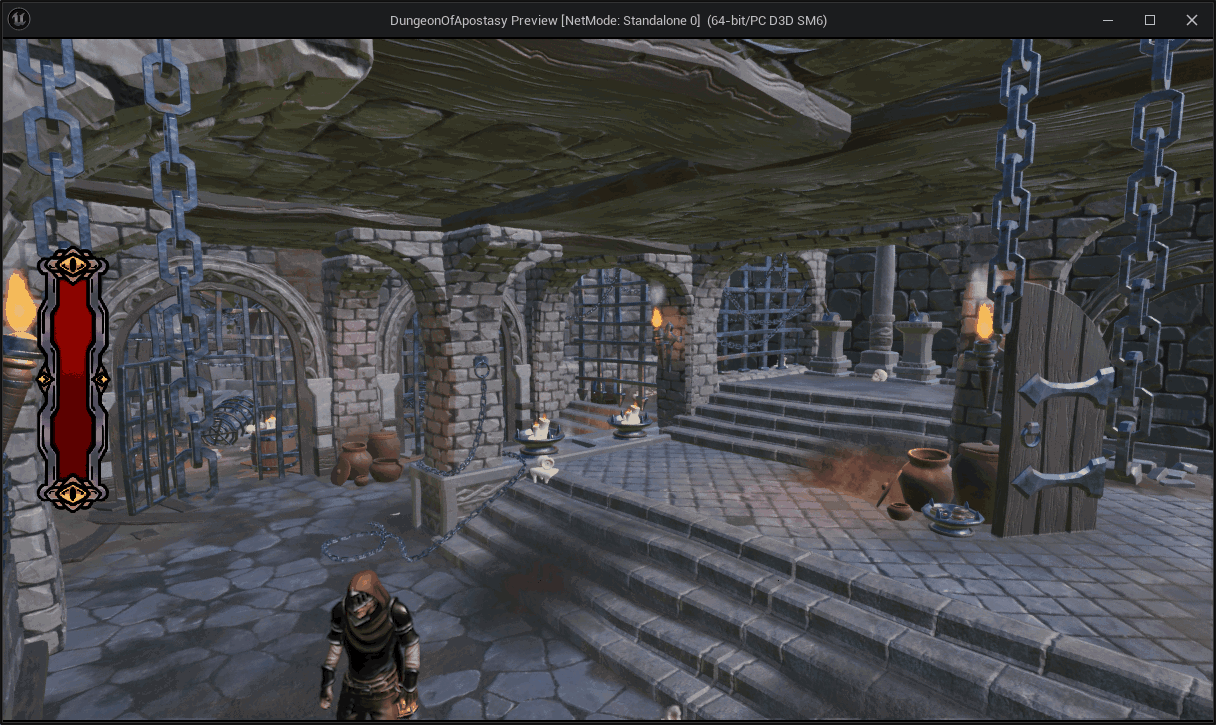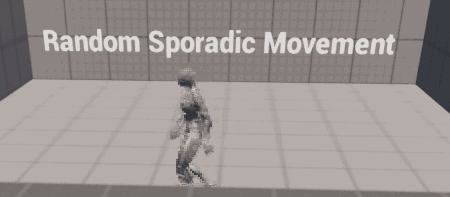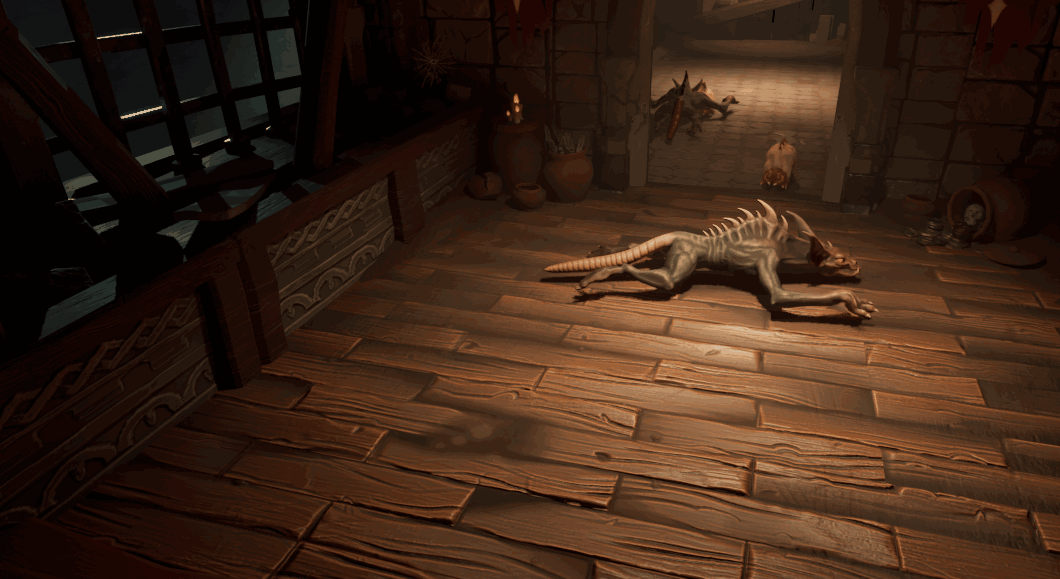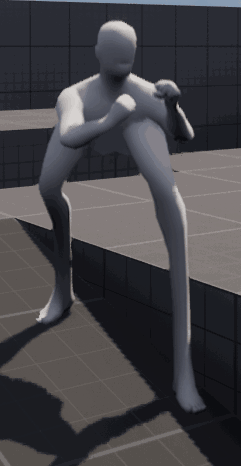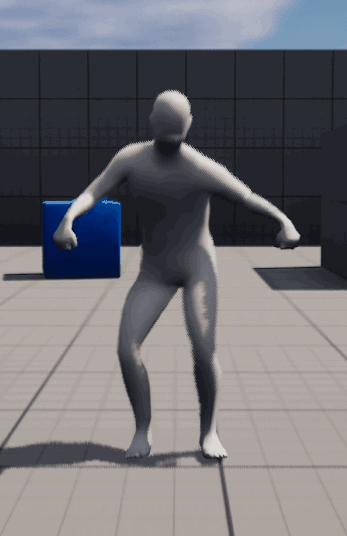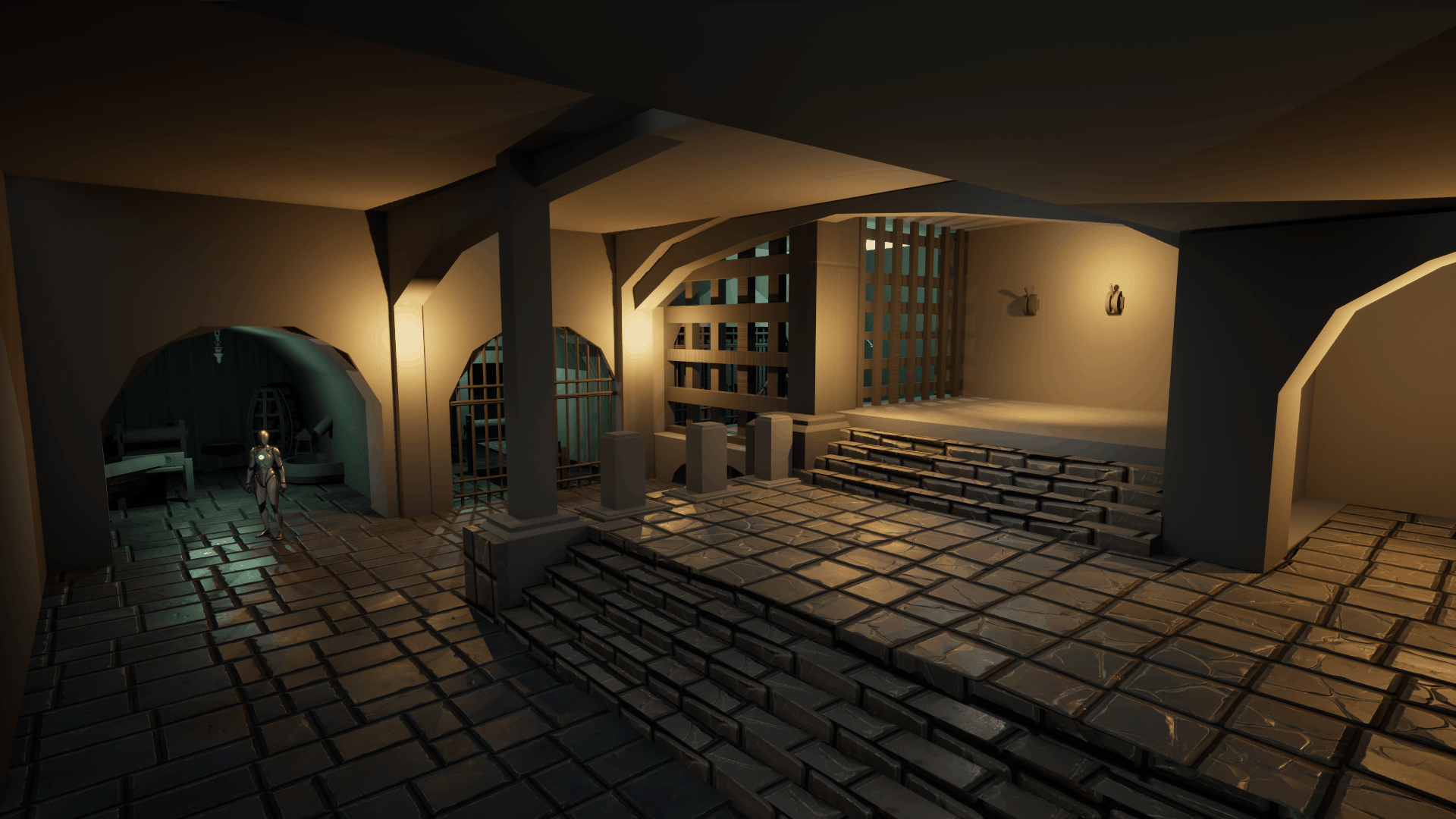Prototyping
We had 3 weeks to test out all of our core mechanics separately and in the end together. First to see if they function on their own, later if they work together.
While the artists did prototypes to check out shaders, lighting, plausible environments, level design, and more, us programmers worked a bit different.
Instead of creating 1 Unreal Engine project to create all these mechanics in, we created separate projects for each mechanic.
This way, the projects were less cluttered, and we wouldn't be interfering with the code from the other developer.
It might sound counterintuitive, because we have to work in the same project later on, but the process now is totally different to later.
At the beginning of these prototyped mechanics, we didn't fully know what the scope had to be for that mechanic, how it would work, how it could work with other mechanics.
It was crucial to test these out on their own, and after we prototyped everything, we could make a planning of every mechanic and how it should be integrated in the final project.
In the end, I made prototypes for the tarot card system, enemy AI movement options, the inventory, and saving the game.
We ended up never using the save game, as the scope of our project got reduced that much, resulting in the game being beatable in ~10 minutes.
Jonathan made prototypes for the battle system, the camera system, and the throwing of items.
When all these mechanics were prototyped, we created a new project and reimplemented these mechanics to make sure they worked together.
During this phase, we did all the programming in Blueprints, to ensure this went by fast. We did not encounter any problems with this.
